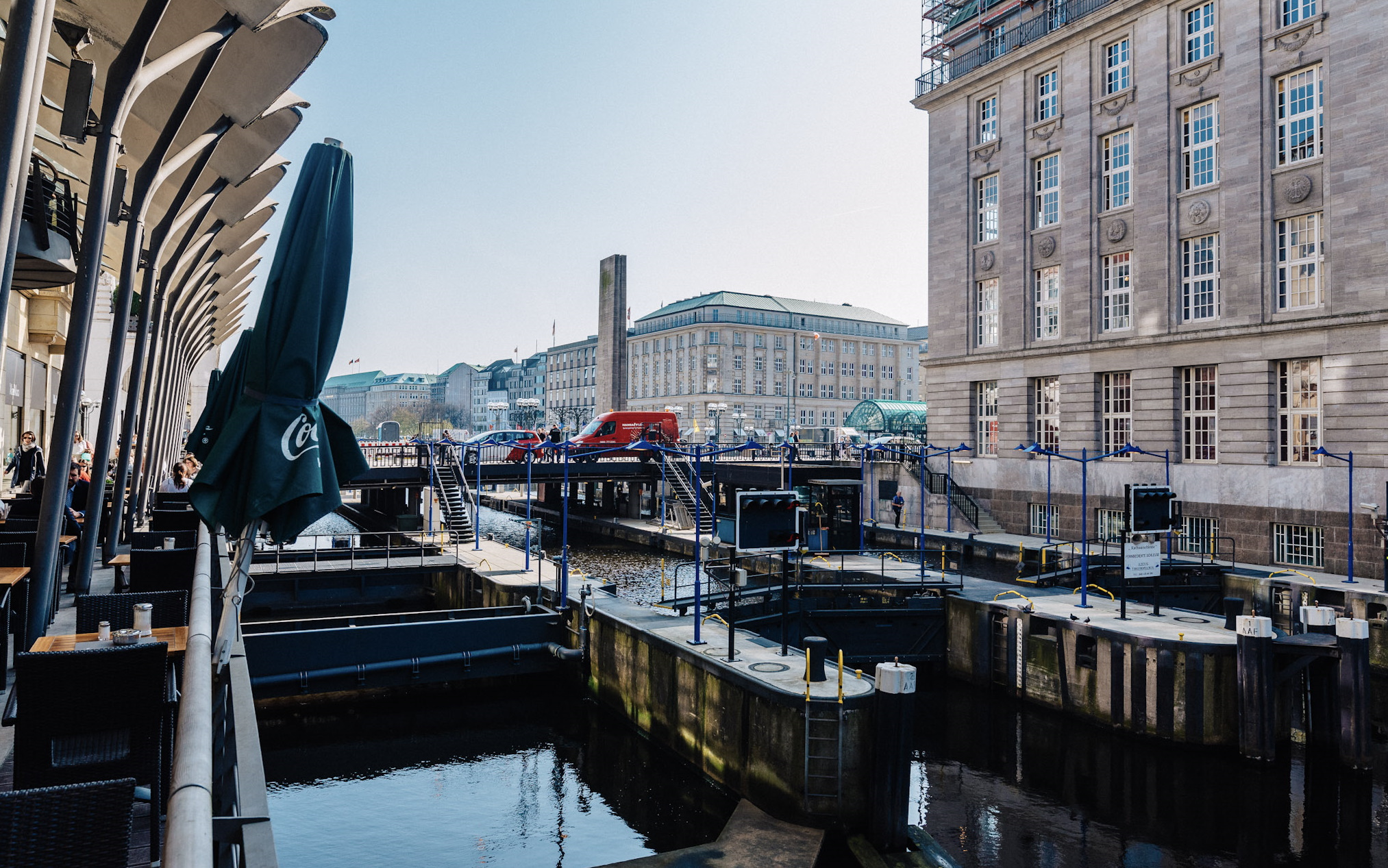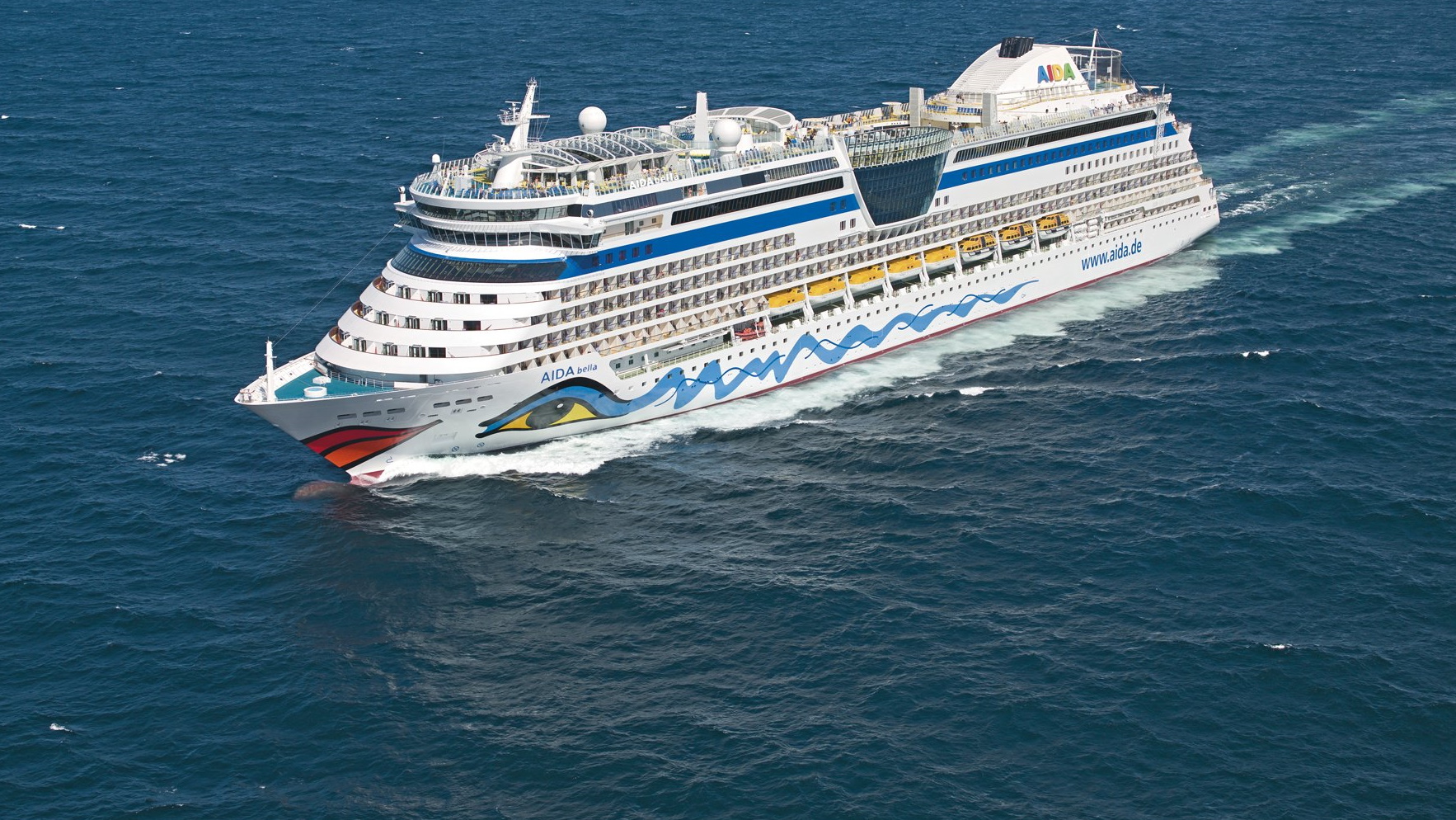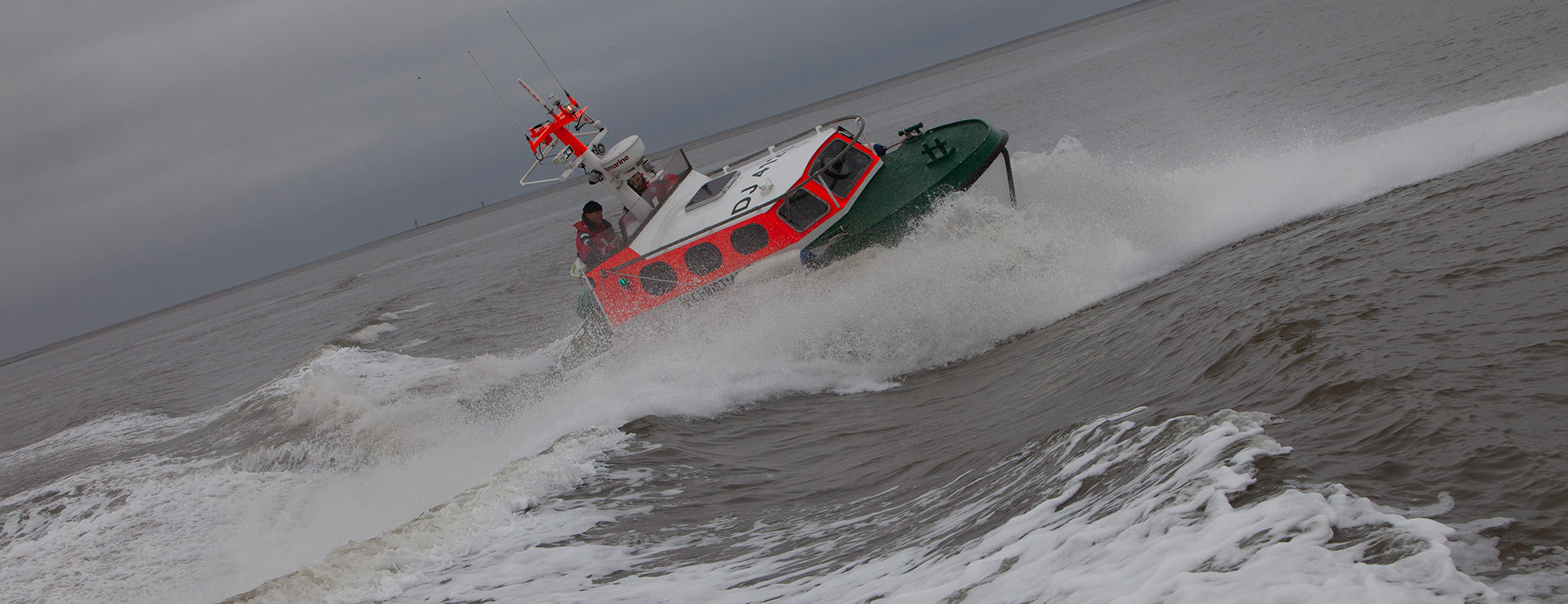Locks in continuous use
General staff planning

Do you have any questions about our services and products? Or do you need help?
Sundays and public holidays are excluded

Hamburg’s locks operate with HANSA-FLEX hoses


Hamburg is unimaginable without water. But the picturesque water landscape in the middle of the city also harbours dangers.

Preventive maintenance and hose management for the cruise ship AIDAbella.

The men and women of the German Maritime Search and Rescue Service (DGzRS) experience emergencies a good 2,000 times a year. They go out to sea to help people in distress. Day and night, wind and weather, summer and winter.